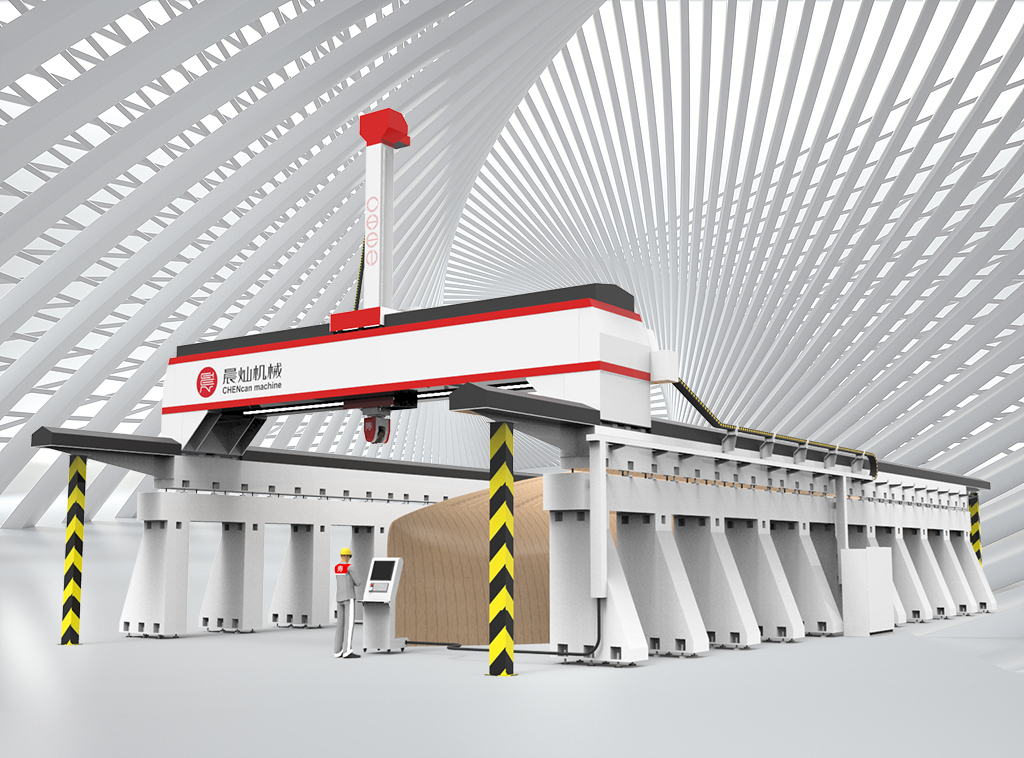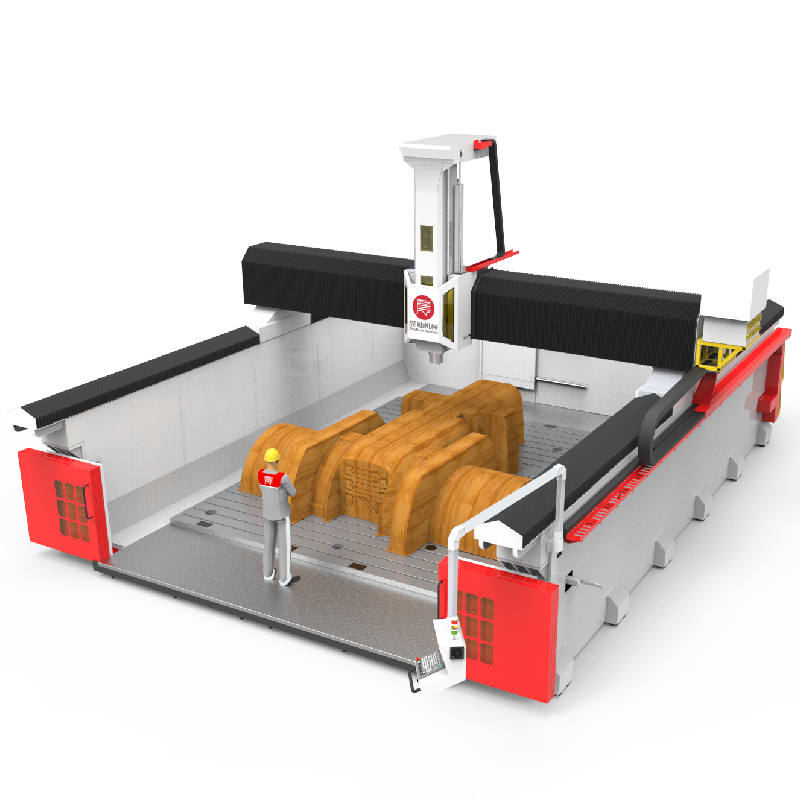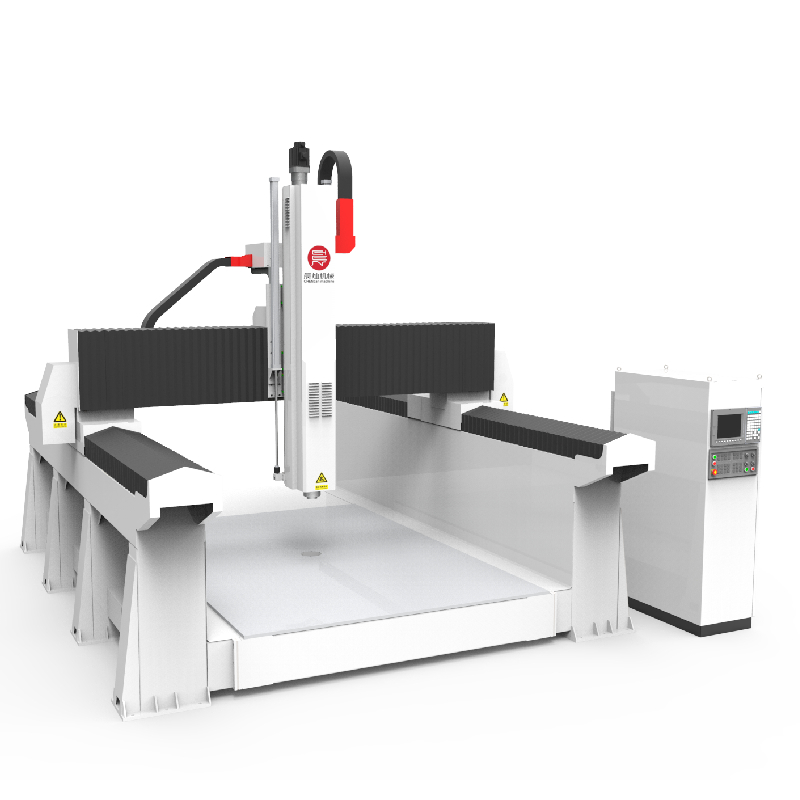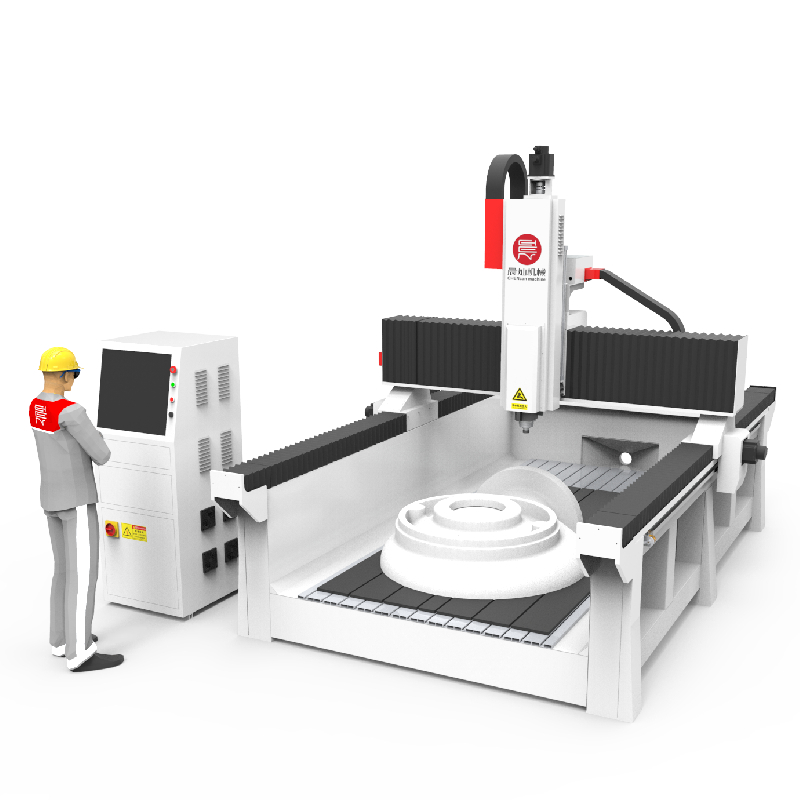At its core, CNC machines achieve precise and efficient cutting, drilling, and milling operations through digital commands, demonstrating remarkable versatility. Mold manufacturing equipment, on the other hand, is specifically designed for mass production processes like injection molding and casting. The key difference lies in their flexibility versus specialization: CNC machines excel at handling diverse small-batch tasks, while mold manufacturing equipment focuses on repeatable high-volume production. Companies like CHENcan bridge these worlds with innovative solutions. Since 1998, this Shandong-based leader has grown into a global force, operating two advanced facilities spanning 60,000 square meters with over 270 professionals.

What Is CNC Technology?
CNC technology uses computer-driven commands to control tools, shaping materials into precise parts with minimal human effort. It’s like giving a robot a blueprint to follow, and it nails the job every time.
Fundamental Principles of CNC
CNC operates on software like CAD/CAM, generating G-code to guide movements along X, Y, Z, and sometimes additional axes. This setup allows for intricate cuts, from simple holes to complex 3D contours, with pinpoint accuracy.
Applications in General Machining
You’ll find CNC machines in industries needing variety, like rail transit, where they craft motor vehicle head covers or interior decorations. They handle materials from wood to composites, making them a go-to for diverse projects.
Advantages for Precision Work
With repeatability within ±0.015mm, CNC is perfect for prototypes. Machines can hit speeds up to 40m/min, churning out parts like automotive bumpers or detailed sculptures in no time.
How Does Mold Making Machine Technology Work?
Wondering how molds for mass production come to life? Mold making technology focuses on creating durable templates that churn out identical parts thousands of times, often through subtractive or additive methods tailored for specific industries.
Core Processes in Mold Creation
Mold making involves milling or 3D printing to form cavities. For instance, fused deposition modeling (FDM) melts pellets like ABS or nylon, layering them into molds that endure temperatures up to 180°C for composite applications.
Specialized Tools and Materials
From 15KW spindles to laser interferometers for calibration, the tools are robust. Materials like foam for lost-foam casting or fiberglass for wind turbine blade molds ensure durability for repeated use.
Focus on Reproducibility and Durability
The aim is consistency. Certifications like ISO9001 back the quality, with in-house structural parts ensuring stable, long-term performance for molds used in high-volume production.
What Are the Main Differences in Functionality?
Confused about which machine fits your workflow? The differences in functionality boil down to scope and operation, directly impacting how you tackle daily tasks.
Versatility vs. Specialization
CNC machines adapt to multiple jobs, switching from wood to soft metals like aluminum with ease. Mold making machines, however, focus on crafting templates, such as for bathtubs or turbine blades, limiting their daily flexibility.
Automation Levels Compared
Both systems automate, but CNC allows quick design tweaks through software. Mold making requires precise upfront designs for long-run consistency, often using RTCP for five-axis precision.
Material Handling Capabilities
CNC processes diverse materials, from plastics to alloys, at speeds up to 35m/min. Mold making tech targets composites or thermoplastics, like in SF Series Woodworking Machining Centers, ideal for large-scale autoclave-ready jigs.

Why Choose CNC Over Mold Making for Certain Projects?
CNC offers flexibility and cost savings, especially when you’re not ready to commit to a mold.
Cost-Effectiveness in Prototyping
You don’t need expensive molds with CNC—just load materials and start cutting. This makes it budget-friendly for creating foam patterns or wooden models for one-off designs.
Flexibility in Design Changes
Need to tweak a part mid-project? CNC software adjusts quickly, unlike mold setups that lock you in. This is great for automotive prototypes or custom sculptures.
Integration with Software Tools
CNC pairs seamlessly with tools like UG or Powermill, streamlining workflows. Machines like 3 Axis CNC Engraving Mould Machine make engraving precise and efficient.

When Is Mold Making Technology Preferable?
Got a project that demands thousands of identical parts? Mold making technology shines in scenarios where scale and consistency are non-negotiable, saving you time and money in the long run.
High-Volume Production Needs
For mass-producing items like luggage racks or hull molds, mold making cuts per-unit costs. Once the mold is set, it replicates parts rapidly with minimal waste.
Complex Mold Geometries
Handling intricate shapes, like nacelle covers or humanoid sculptures, is no problem. Five-axis systems with ±120° rotations tackle detailed designs with ease.
Industry-Specific Requirements
In fields like wind power or marine, mold making meets the need for large-scale molds. For example, 65m blade machining centers, backed by patents for bi-rotary heads, deliver precision for massive projects.
How Can These Products Enhance Your Operations?
Looking to level up your production? The right machines can transform your workflow, blending versatility and precision. Take a moment to match features to your needs; sometimes a hybrid solution unlocks unexpected gains.
SF Series for Woodworking Precision
These centers excel at crafting curved surfaces or mortise joints, with travels up to 4000mm x 2500mm. They process solid wood at 20m/min, perfect for furniture or stair components.
3 Axis CNC for Engraving Efficiency
Ideal for patterns or movie props, these machines offer BT40 clamping and optional tool magazines. They engrave gypsum products or real estate models with smooth precision.
Styrofoam Centers for Pattern Innovation
For foundry work, Styrofoam Pattern Engraving Center hits 35m/min, handling foam molds up to 5000mm for lost-foam or sand casting.

What Future Trends Affect These Technologies?
Want to stay ahead of the curve? Emerging trends are reshaping manufacturing, pushing machines toward smarter, greener, and more efficient designs that keep you competitive.
Advancements in Automation
Look for bus servo drives and wireless handwheels to simplify control. Eight-axis welding or hybrid 3D-milling systems are automating complex tasks, cutting downtime.
Integration of AI and IoT
Future systems will predict maintenance needs, like checking spindle runout. Collaborations with universities, as seen in solid-state stirring tech, are driving smarter solutions.
Sustainable Manufacturing Practices
Expect eco-friendly designs that recycle composites. Annual R&D investments—10% of revenue—fuel innovations like layered additive systems, slashing costs for large parts.
FAQ
Q1: Why is CNC better for small projects?
A: It skips costly mold creation and allows quick design tweaks, making it ideal for prototypes or one-off parts without heavy investment.
Q2: Can mold making handle composite materials?
A: Absolutely, specialized centers process GRC, FRP, or ABS, with saw-milling features for panels used in RVs or sunrooms.
Q3: How do patents influence machine choice?
A: Patents, like those for non-metallic five-axis tech or extrusion devices, signal reliable, cutting-edge performance you can trust.





